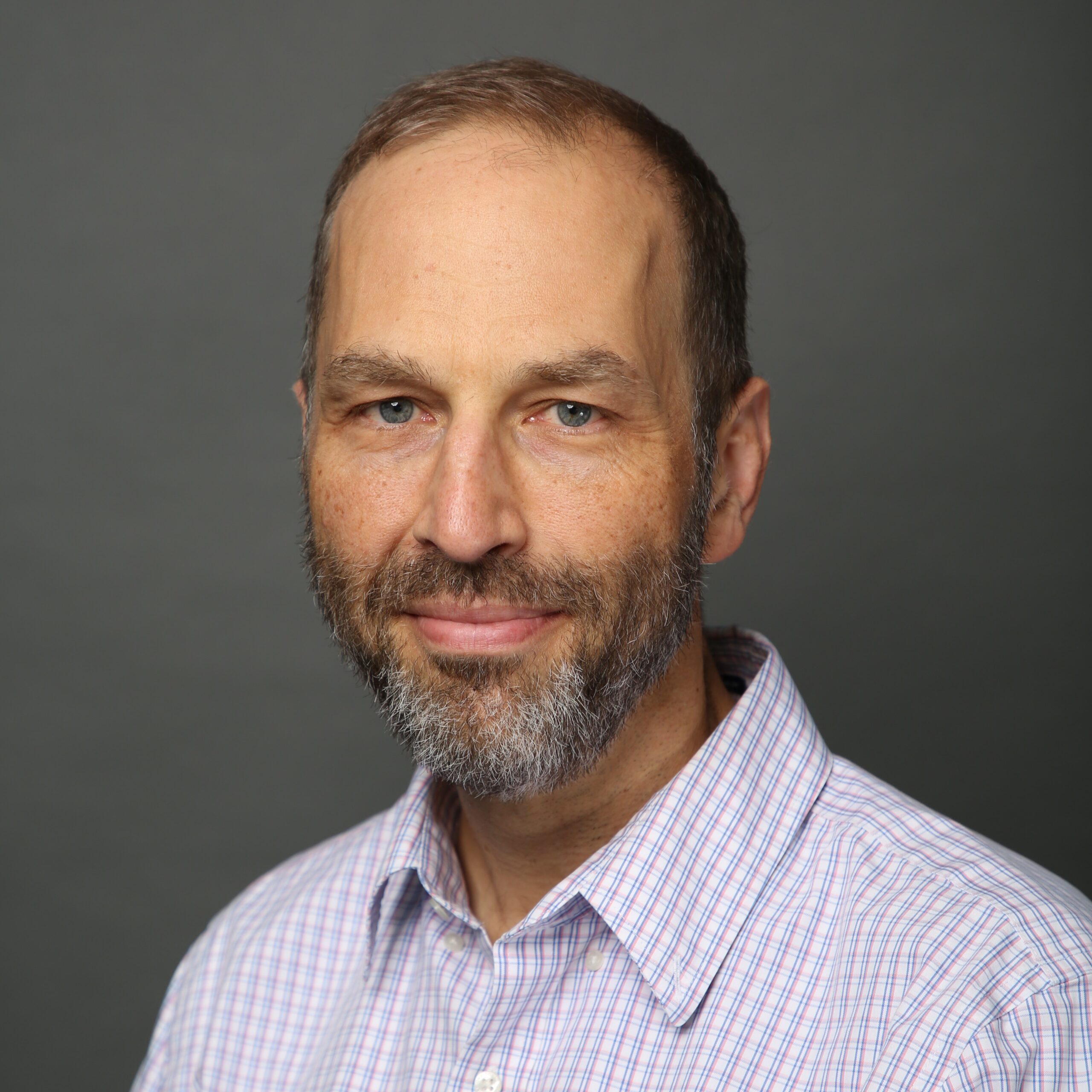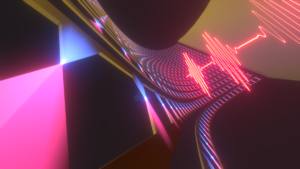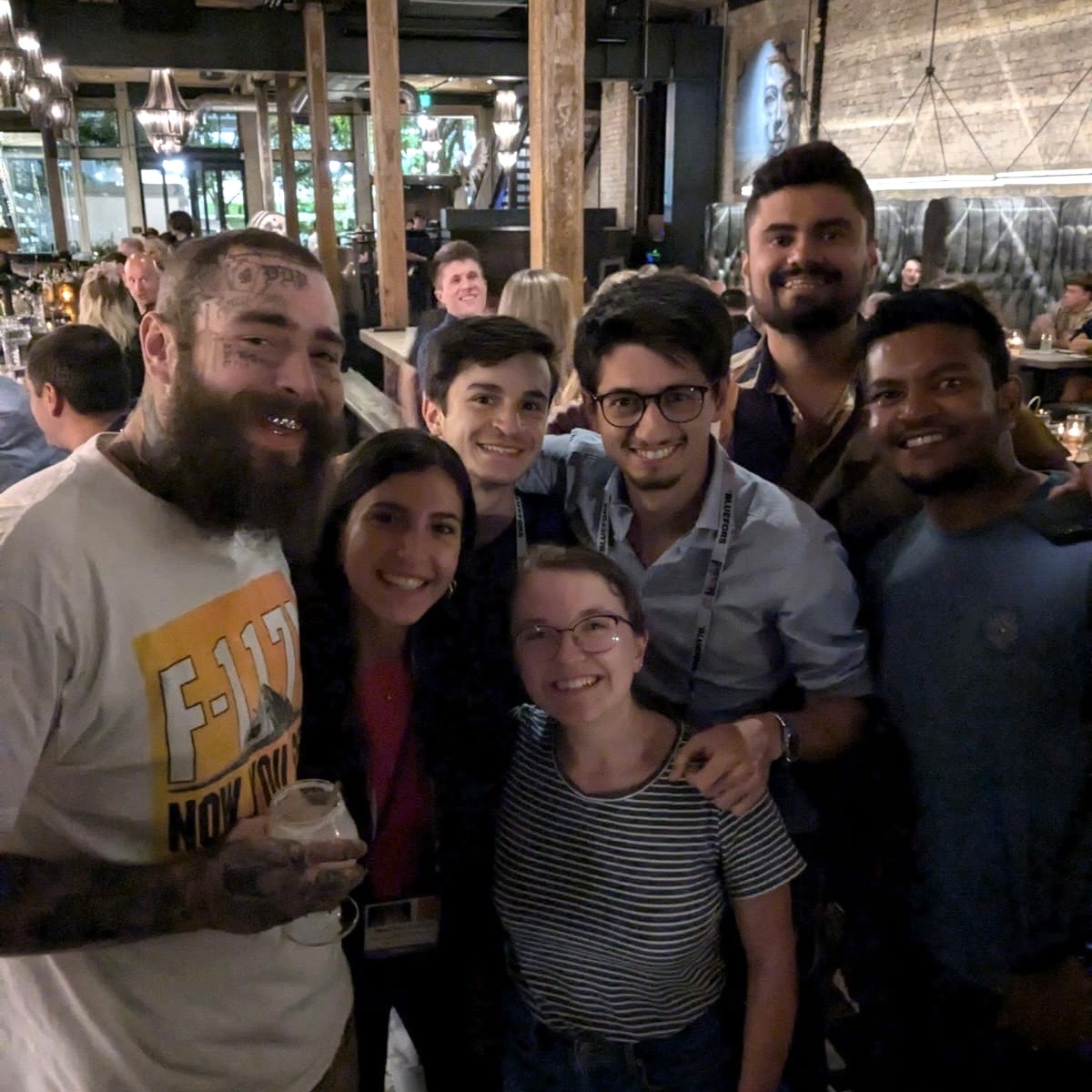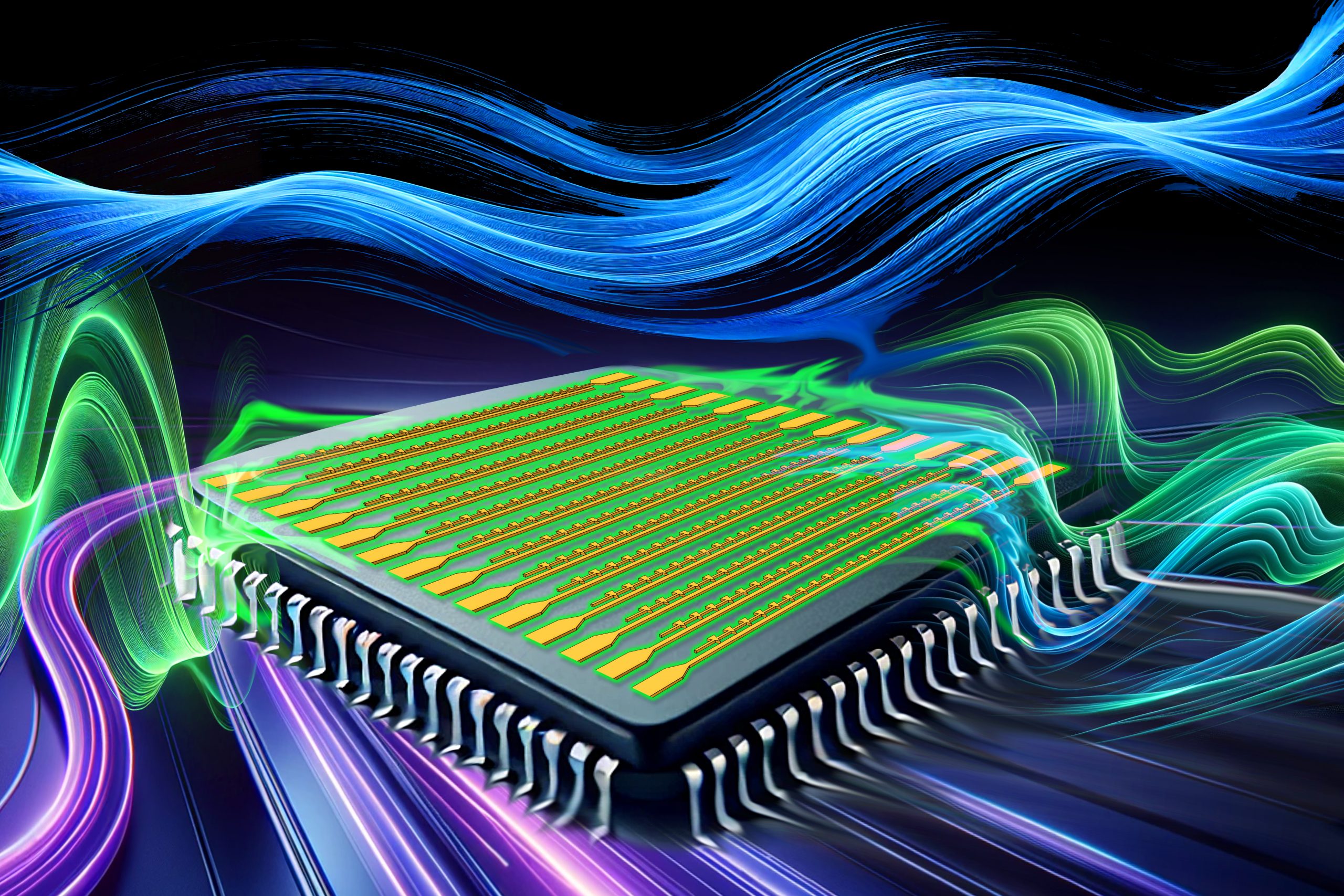News
Karl Berggren named faculty head of electrical engineering in EECS

Karl K. Berggren, the Joseph F. and Nancy P. Keithley Professor of Electrical Engineering at MIT, has been named the new faculty head of electrical engineering in the Department of Electrical Engineering and Computer Science (EECS), effective Jan. 15. He succeeds Joel Voldman, who held the position since 2020.
For additional details, please see the MIT News article.
New Publication: On-chip petahertz electronics for single-shot phase detection
 An international team of researchers including members of the Quantum-Nanostructures and Nanofabrication group at MIT, Deutsches-Elektronen-Synchrotron (DESY, Germany), Max-Planck for the Structure and Dynamics of Matter (Germany) and WiredSense published a manuscript titled “On-chip petahertz electronics for single-shot phase detection” in Nature Communications. They report on the large scale integration of petahertz electroncs, based on plasmonic nanoantenna arrays, in order to make a sensitive phase detector with broad applications in ultrafast optics and attosecond science. Their results were made possible by a combination of state-of-the-art e-beam lithography at MIT.Nano, cutting-edge laser technology provided by DESY and sensitive electronics developed by the Max-Planck startup WiredSense.
An international team of researchers including members of the Quantum-Nanostructures and Nanofabrication group at MIT, Deutsches-Elektronen-Synchrotron (DESY, Germany), Max-Planck for the Structure and Dynamics of Matter (Germany) and WiredSense published a manuscript titled “On-chip petahertz electronics for single-shot phase detection” in Nature Communications. They report on the large scale integration of petahertz electroncs, based on plasmonic nanoantenna arrays, in order to make a sensitive phase detector with broad applications in ultrafast optics and attosecond science. Their results were made possible by a combination of state-of-the-art e-beam lithography at MIT.Nano, cutting-edge laser technology provided by DESY and sensitive electronics developed by the Max-Planck startup WiredSense.
The lead authors in this effort where Matthew Yeung (MIT) and Felix Ritzkowsky (DESY & MIT) with support from Engjell Bebeti, Thomas Gebert, Toru Matsuyama, Matthias Budden, Roland Mainz, Huseyin Cankaya, Karl K. Berggren, Giulio Rossi, Franz Kaertner and Phillip D. Keathley.
Image credit to Dr. Florian Otte.
Abstract
Attosecond science has demonstrated that electrons can be controlled on the sub-cycle time scale of an optical waveform, paving the way towards optical frequency electronics. However, these experiments historically relied on high-energy laser pulses and detection not suitable for microelectronic integration. For practical optical frequency electronics, a system suitable for integration and capable of generating detectable signals with low pulse energies is needed. While current from plasmonic nanoantenna emitters can be driven at optical frequencies, low charge yields have been a significant limitation. In this work we demonstrate that large-scale electrically connected plasmonic nanoantenna networks, when driven in concert, enable charge yields sufficient for single-shot carrier-envelope phase detection at repetition rates exceeding tens of kilohertz. We not only show that limitations in single-shot CEP detection techniques can be overcome, but also demonstrate a flexible approach to optical frequency electronics in general, enabling future applications such as high sensitivity petahertz-bandwidth electric field sampling or logic-circuits.
Fall 2024 QNN Newsletter

Group photo from ACS 2024 from San Diego with musician Post Malone. From left to right: Francesca Incalza, Alejandro Simon, Emma Batson, and Matteo Castellani (rightmost two are not group members)
Dear QNN Group Members, Alums and Affiliates,
The summer and early fall has been rather busy in the group. We have hosted two MSRP summer students, welcomed three new UROPs, and are excited to welcome former UROP Joey Alongi to the team as a graduate student RA. We also said goodbye to Valentin Karam and Audrey Jacquillat who spent time as visiting students in the group over the last year. We wish them the very best as they move on to bigger and better things!
Karl is enjoying the start of a busy sabbatical which involves saying “yes” to more travel opportunities and taking the time away from undergraduate teaching to focus on grant writing and research.
Please see below a more complete list of the comings and goings, theses, papers, and conference presentations from the group since the last newsletter.
Best regards,
Karl and Donnie
Comings and Goings
The last few months we’ve welcomed the following new group members:
Hanson Nguyen – MSRP summer student continuing on for the fall
Joey Alongi – a new RA, previously with us as a UROP
Jocelyn Zhang – UROP
Allen Chen – UROP
Ellie Bultena – UROP
The following members have now left and become alumni group members:
Valentin Karam – joining a microwave transducers startup in Switzerland
Audrey Jacquillat – starting as a microfabrication engineer in Switzerland
Gerald Harris – Summer MSRP student
Marco Andrade – UROP
Theses!
M. D. Yeung, “Lightwave Electronics Based on Nanoantenna Networks,” Doctoral Thesis, Massachusetts Institute of Technology, 2024.
– It is now on DSPACE here
A. Jacquillat, “Superconducting nanowire electronics in Magnesium Diboride,” M.S. Thesis, Ecole Polytechnique Federale de Lausanne and Massachusetts Institute of Technology, 2024.
Publications (5/1/24 – 09/30/24)
I. Charaev et al., “Single-photon detection using large-scale high-temperature MgB2 sensors at 20 K,” Nat Commun, vol. 15, no. 1, p. 3973, May 2024, doi: 10.1038/s41467-024-47353-x.
M. Seidling et al., “Resonating Electrostatically Guided Electrons,” Phys. Rev. Lett., vol. 132, no. 25, p. 255001, Jun. 2024, doi: 10.1103/PhysRevLett.132.255001.
E. Batson et al., “Effects of Helium Ion Exposure on the Single-Photon Sensitivity of MgB₂ and NbN Detectors,” IEEE Transactions on Applied Superconductivity, pp. 1–6, Jul. 2024, doi: 10.1109/TASC.2024.3425158.
C. Kim et al., “Wafer-Scale MgB2 Superconducting Devices,” ACS Nano, Sep. 2024, doi: 10.1021/acsnano.4c11001.
M. Castellani et al., “Nanocryotron ripple counter integrated with a superconducting nanowire single-photon detector for megapixel arrays,” Phys. Rev. Appl., vol. 22, no. 2, p. 024020, Aug. 2024, doi: 10.1103/PhysRevApplied.22.024020.
M. Yeung, L.-T. Chou, M. Turchetti, F. Ritzkowsky, K. K. Berggren, and P. D. Keathley, “Lightwave-electronic harmonic frequency mixing,” Science Advances, vol. 10, no. 33, p. eadq0642, Aug. 2024, doi: 10.1126/sciadv.adq0642.
Conferences & Proceedings (5/1/24 – 09/30/24)
K. K. Berggren, “Superconducting Microstrip Detectors for Photodection and Searching for Dark Matter,” Naples, Italy, Sep. 30, 2024.
Foster, Reed A., A. Simon, M. Castellani, O. Medeiros, and K. K. Berggren, “Nanocryotrons: devices for readout of superconducting detectors and beyond,” presented at the QUEST 2024, Fukuoka, Japan, Sep. 09, 2024.
P. Keathley, “Nanoscale Petahertz Electronics,” presented at the Frontiers in Optics, Sep. 26, 2024.
O. Medeiros et al., “A 16 Bit Superconducting Nanowire Memory Array,” presented at the Applied Superconductivity Conference, Salt Lake City, Utah, Sep. 03, 2024. [Online]. Available: https://youtu.be/jRClw9cYfss
F. Ritzkowsky, “Quantitative Pulse Characterization of Octave Spanning Pulses in the MIR,” presented at the Conference on Lasers and Electro-Optics (CLEO 2024), May 09, 2024.
E. E. Wollman et al., “Current state of mid-infrared superconducting nanowire single-photon detectors,” in X-Ray, Optical, and Infrared Detectors for Astronomy XI, SPIE, Aug. 2024, p. PC1310306. doi: 10.1117/12.3019299.
A. Bechhofer et al., “Compact Circuit Models for Nanoantenna-Based Petahertz Electronics,” presented at the 2024 Conference on Lasers and Electro-Optics (CLEO), Charlotte, NC: Optica, May 2024, p. JTh2A.222.
P. D. Keathley, “Classical and Quantum Interactions Between Electrons and Photons in a Scanning Electron Microscope,” presented at the Conference on Lasers and Electro-Optics (CLEO), Charlotte, NC: Optica, May 2024.
D. J. Paul et al., “Scalable and high-yield nanofabrication on thin-film YBa2Cu3O7 for nanowire-based devices,” presented at the Applied Superconductivity Conference (ASC), Salt Lake City, Utah, Sep. 2024.
A. Simon, R. Foster, O. Medeiros, and K. K. Berggren, “Superconducting nanowire cryotrons for device readout and integrated cryogenic circuits,” Sep. 2024.
Preprints (5/1/24 – 09/30/24)
S. A. Koppell, J. W. Simonaitis, M. A. R. Krielaart, W. P. Putnam, K. K. Berggren, and P. D. Keathley, “Analysis and Applications of a Heralded Electron Source,” Jun. 26, 2024, arXiv: arXiv:2406.18755. doi: 10.48550/arXiv.2406.18755.
A. Simon, R. Foster, O. Medeiros, M. Castellani, E. Batson, and K. K. Berggren, “Characterizing and modeling the influence of geometry on the performance of superconducting nanowire cryotrons,” Sep. 25, 2024, arXiv: arXiv:2409.17366. doi: 10.48550/arXiv.2409.17366.
New Publication: Lightwave Electronic Harmonic Frequency Mixing

New publication: Matthew Yeung, Lu-Ting Chou, Marco Turchetti, Felix Ritzkowsky, Karl K. Berggren, and Philip D. Keathley, “Lightwave Electronic Harmonic Frequency Mixing,” Science Advances, 10, 33, (2024)
Image credit to Sampson Wilcox.
Abstract
New Publication Featured: Nanocryotron ripple counter integrated with a superconducting nanowire single-photon detector for megapixel arrays

New publication: Matteo Castellani, Owen Medeiros, Reed Foster, Alessandro Buzzi, Marco Colangelo, Joshua C. Bienfang, Alessandro Restelli, and Karl K. Berggren. “Nanocryotron ripple counter integrated with a superconducting nanowire single-photon detector for megapixel arrays,” Physical Review Applied, (2024).
This new publication was a featured editor’s suggestion from the APS . Here is how they summarize the article:
“Scaling up cryogenic systems, like arrays of superconducting nanowire single-photon detectors (SNSPDs), requires developing cryogenic coprocessors to minimize the number of cables exiting the cryostat. This work addresses this challenge by demonstrating the ability to read out, process, encode, and store data from SNSPDs using integrated nanowire electronics. The authors design a digital counter based on nanocryotrons—three-terminal nanowire devices—to perform signal processing and digitization at low temperatures. These results suggest that nanowire coprocessors could be developed, which would benefit the application of SNSPD arrays and other superconducting platforms.”
Abstract
Decreasing the number of cables that bring heat into the cryostat is a critical issue for all cryoelectronic devices. In particular, arrays of superconducting nanowire single-photon detectors (SNSPDs) could require more than 106 readout lines. Performing signal-processing operations at low temperatures could be a solution. Nanocryotrons, superconducting nanowire three-terminal devices, are good candidates for integrating sensing and electronics on the same technological platform as SNSPDs in photon-counting applications. In this work, we demonstrate that it is possible to read out, process, encode, and store the output of SNSPDs using exclusively superconducting nanowires patterned on niobium nitride thin films. In particular, we present the design and development of a nanocryotron ripple counter that detects input voltage spikes and converts the number of pulses to an 𝑁-digit value. The counting base can be tuned from 2 to higher values, enabling higher maximum counts without enlarging the circuit. As a proof of principle, we first experimentally demonstrate the building block of the counter, an integer-𝑁 frequency divider with 𝑁 ranging from 2 to 5. Then, we demonstrate photon-counting operations at 405 nm and 1550 nm by coupling an SNSPD with a two-digit nanocryotron counter partially integrated on chip. The two-digit counter can operate in either base 2 or base 3, with a bit-error rate lower than 2×10−4 and a count rate of 107s−1. We simulate circuit architectures for integrated readout of the counter state and we evaluate the capabilities of reading out an SNSPD megapixel array that would collect up to 1012 counts per second. The results of this work, combined with our recent publications on a nanocryotron shift register and logic gates, pave the way for the development of nanocryotron processors, from which multiple superconducting platforms may benefit.
If you are unable to access the article via your library resources, you may reach out to us and we will be happy to help.